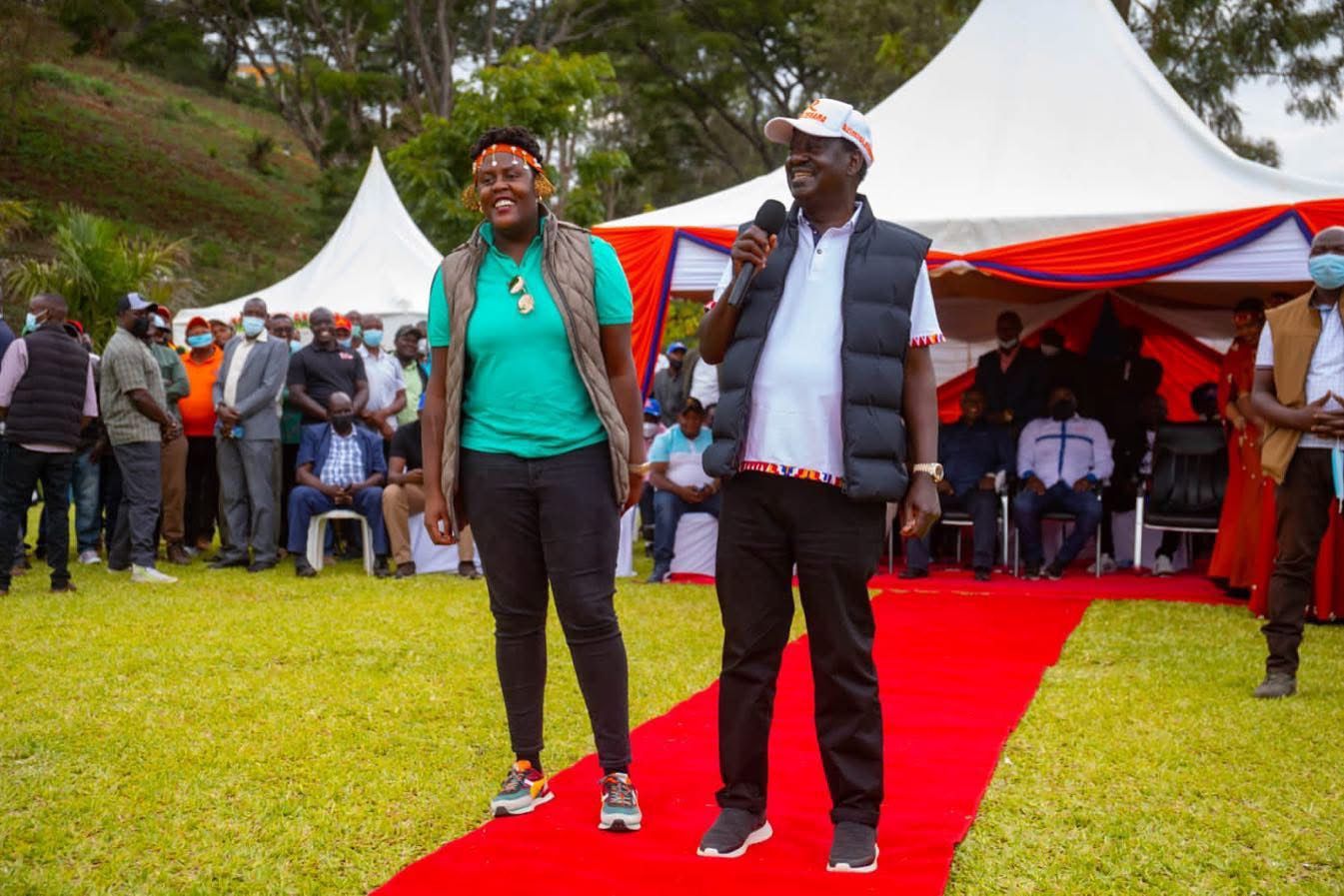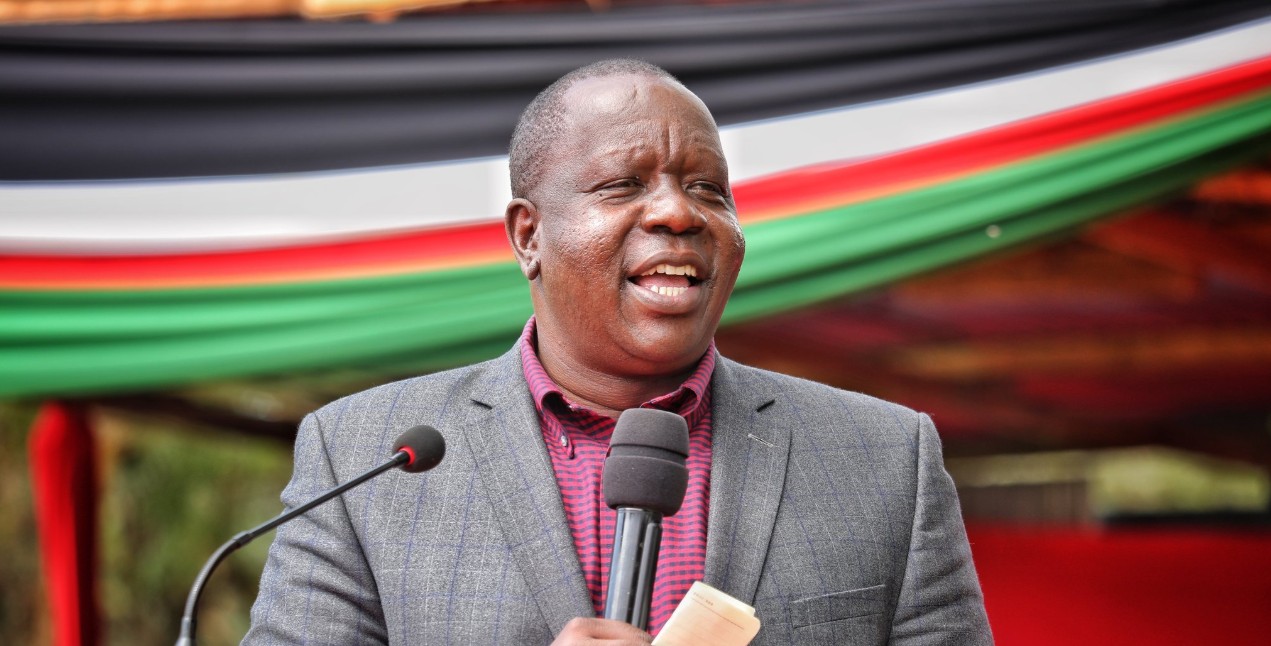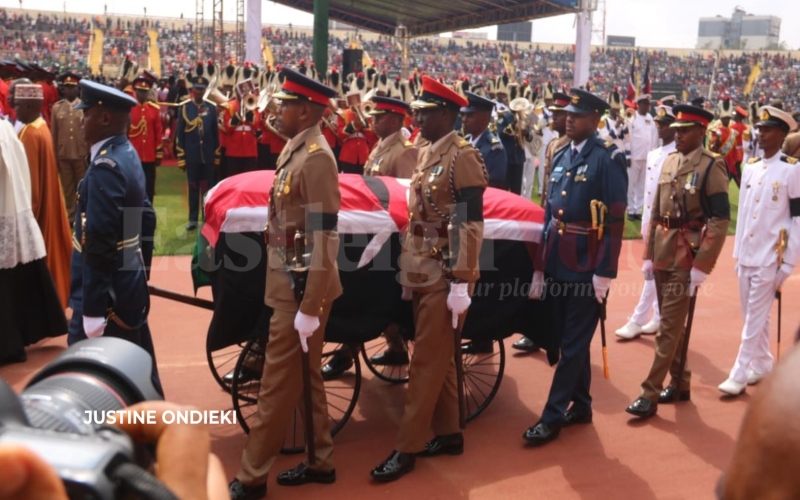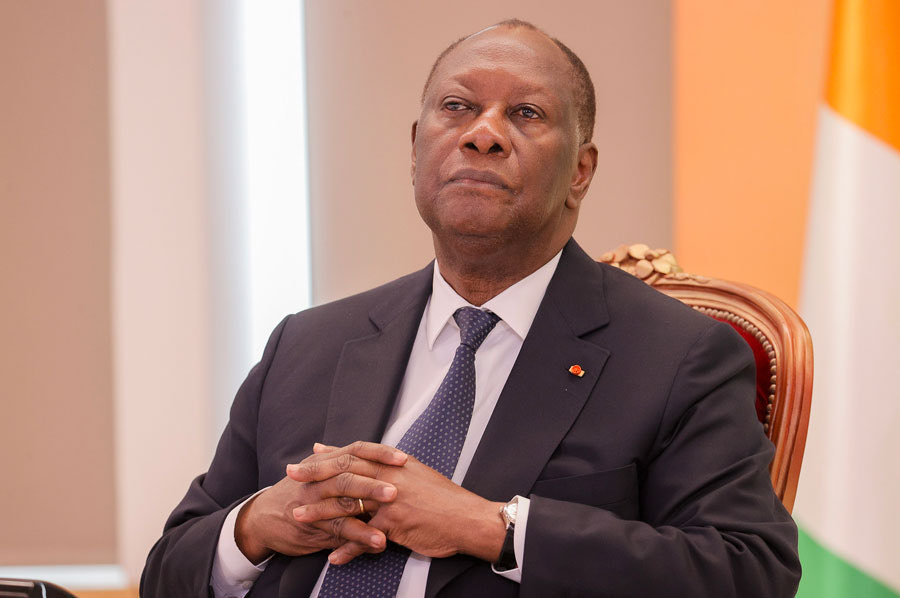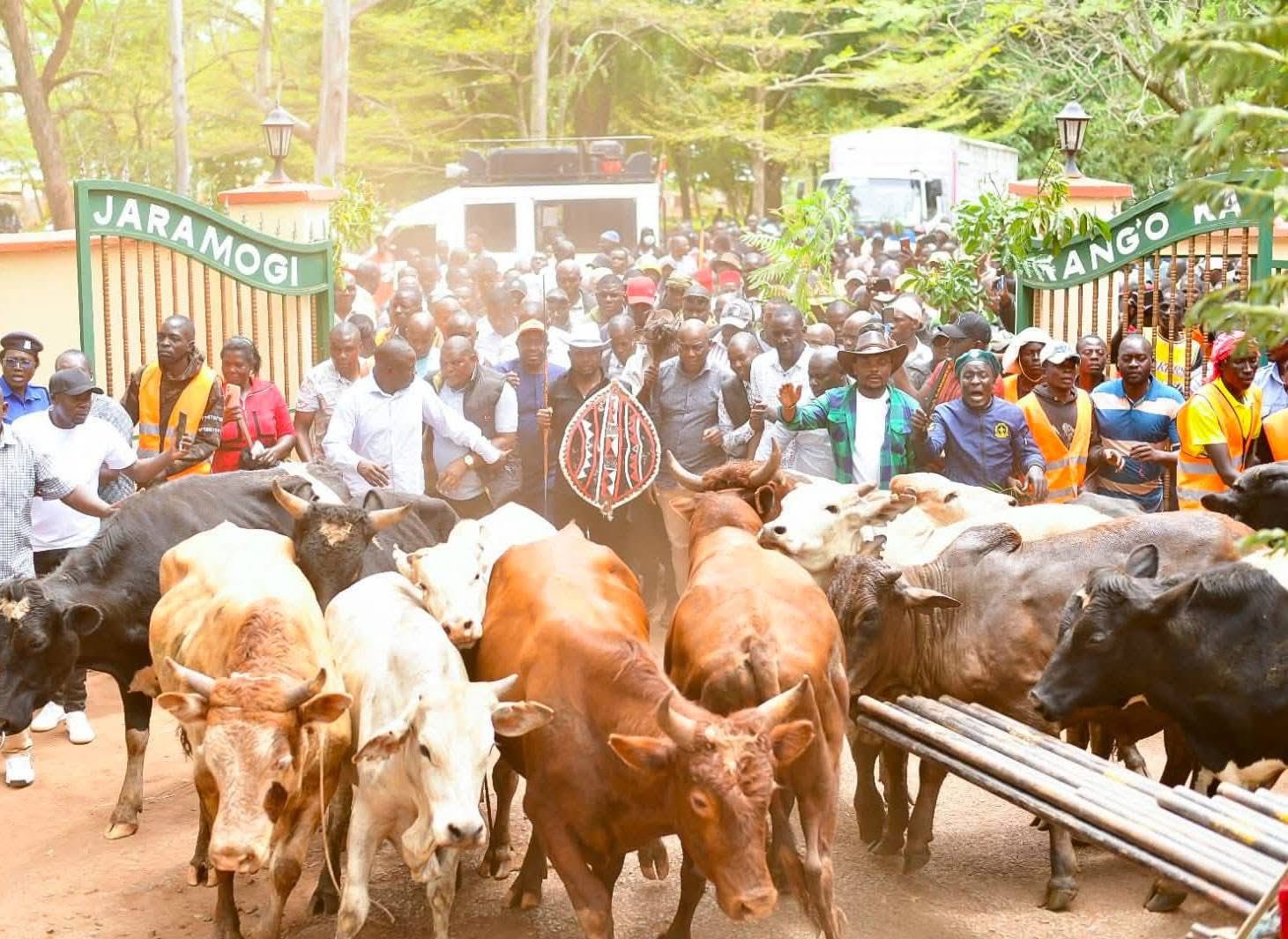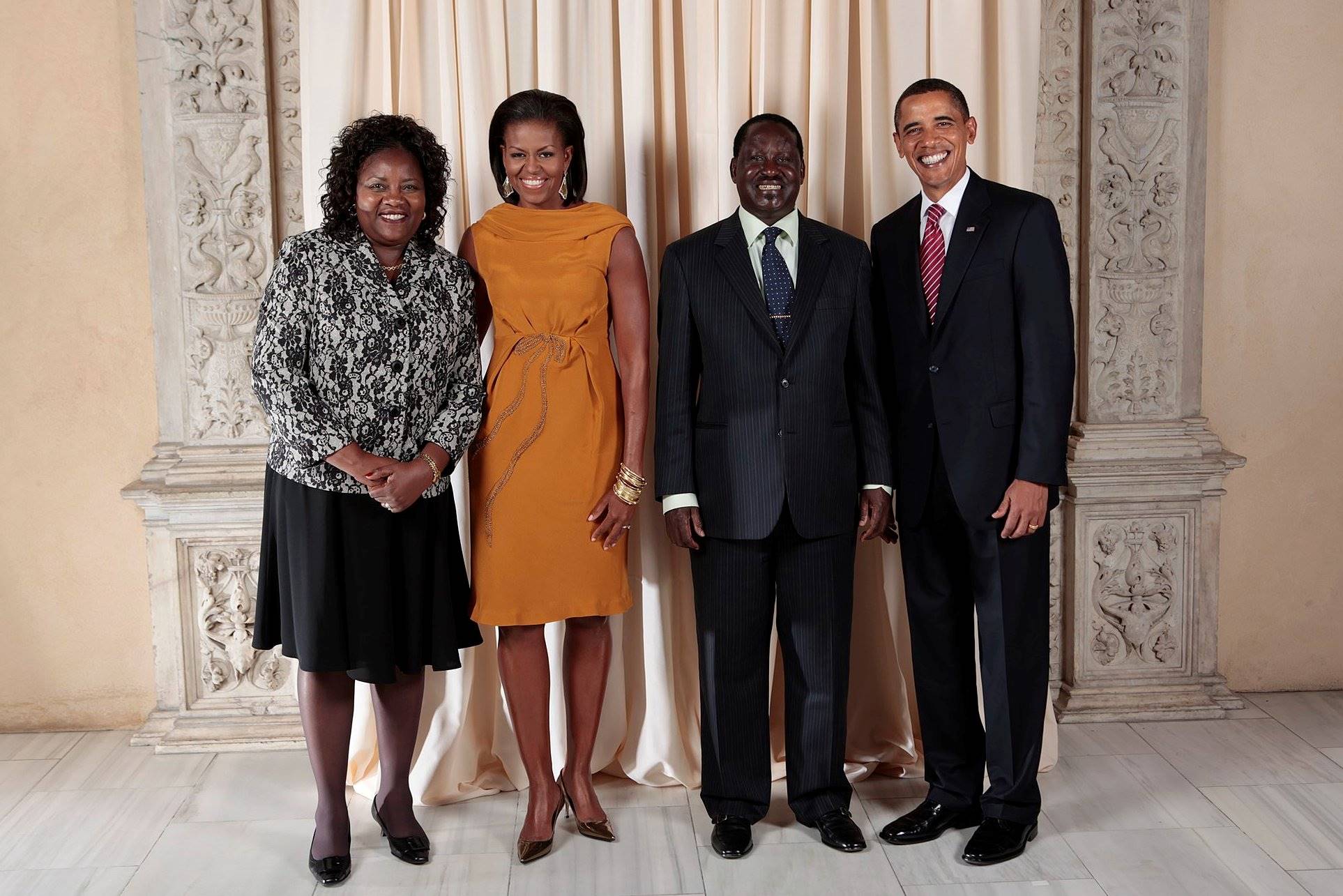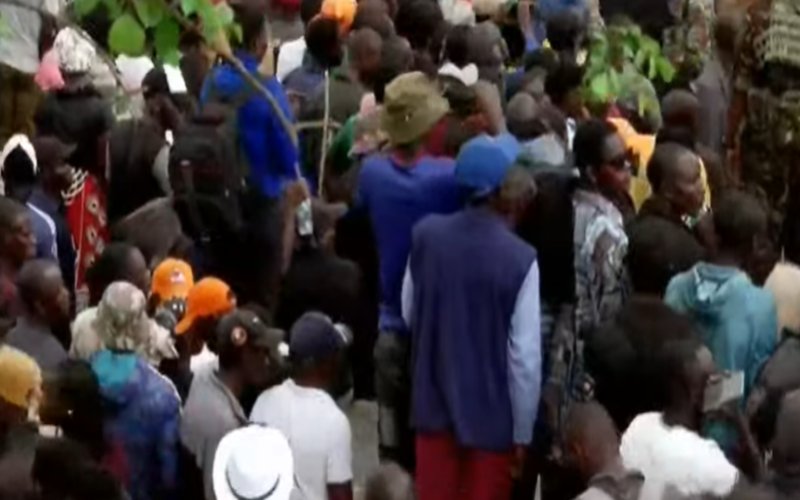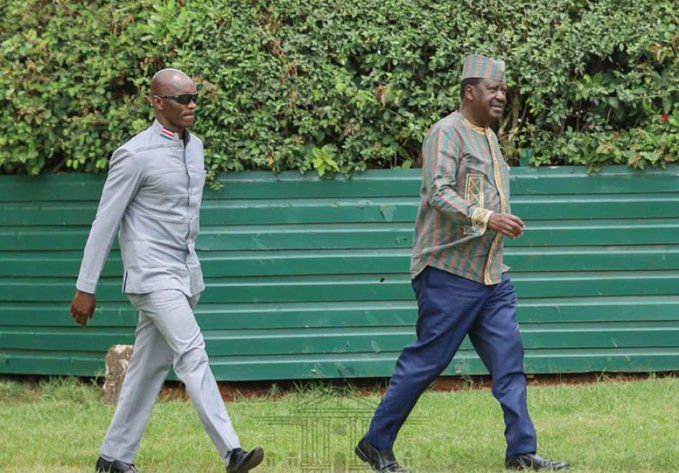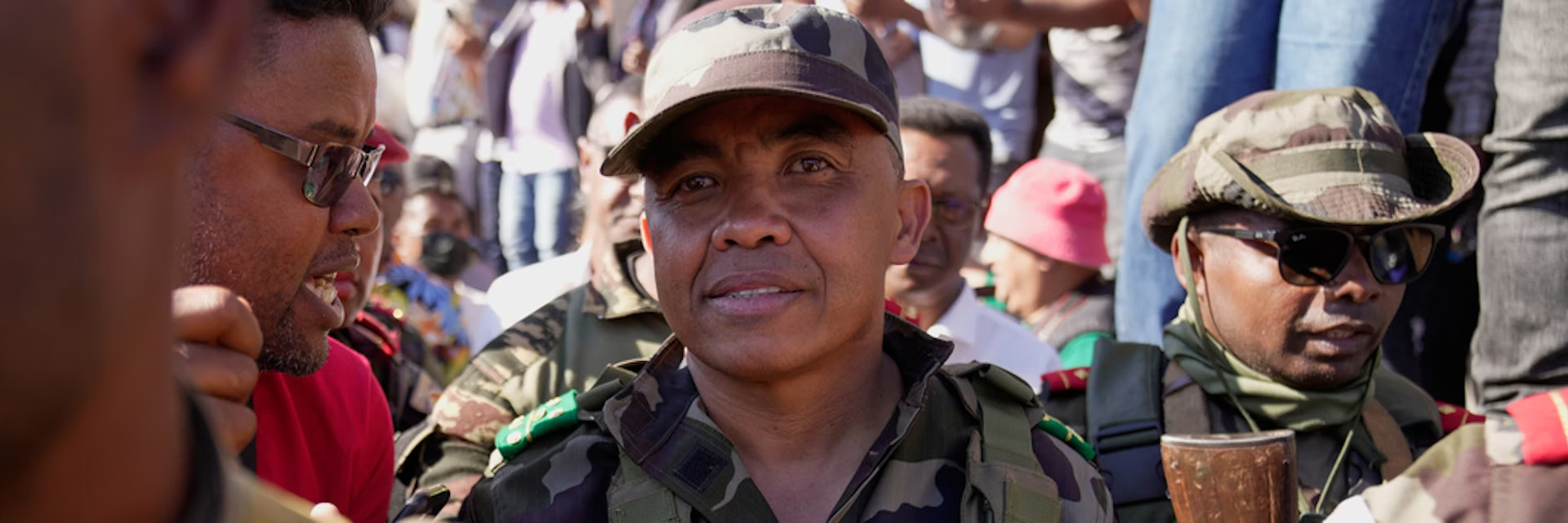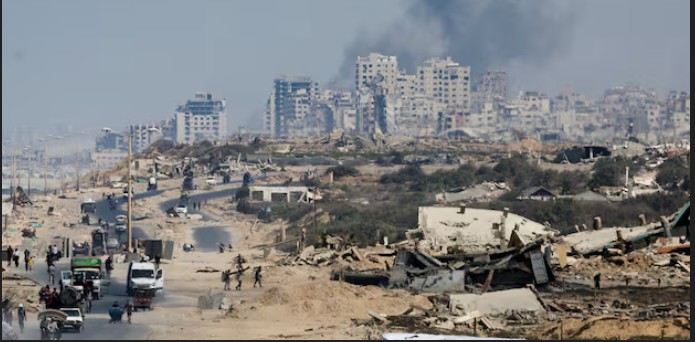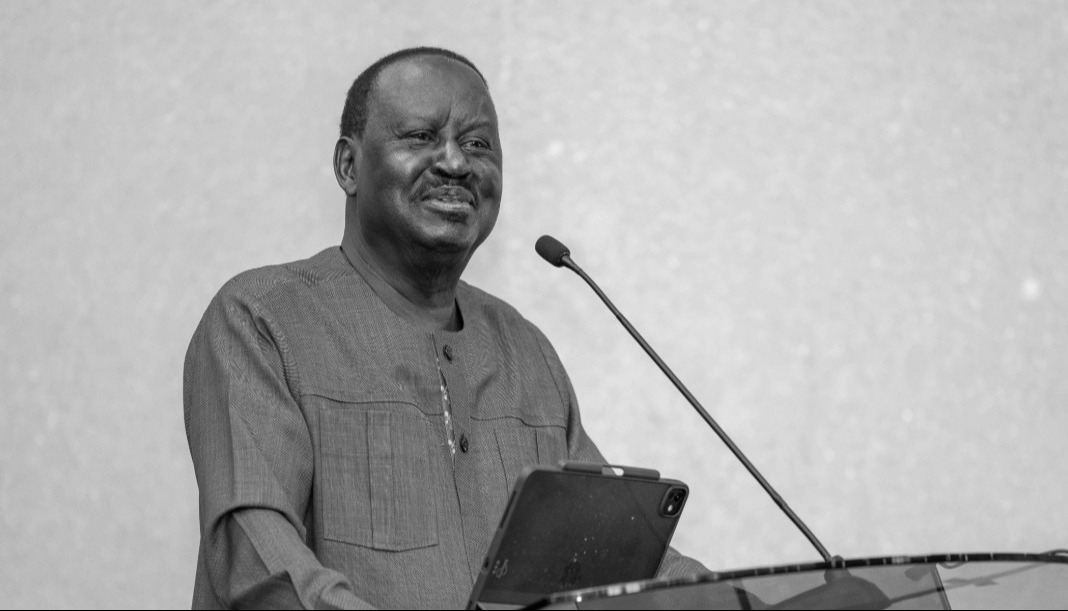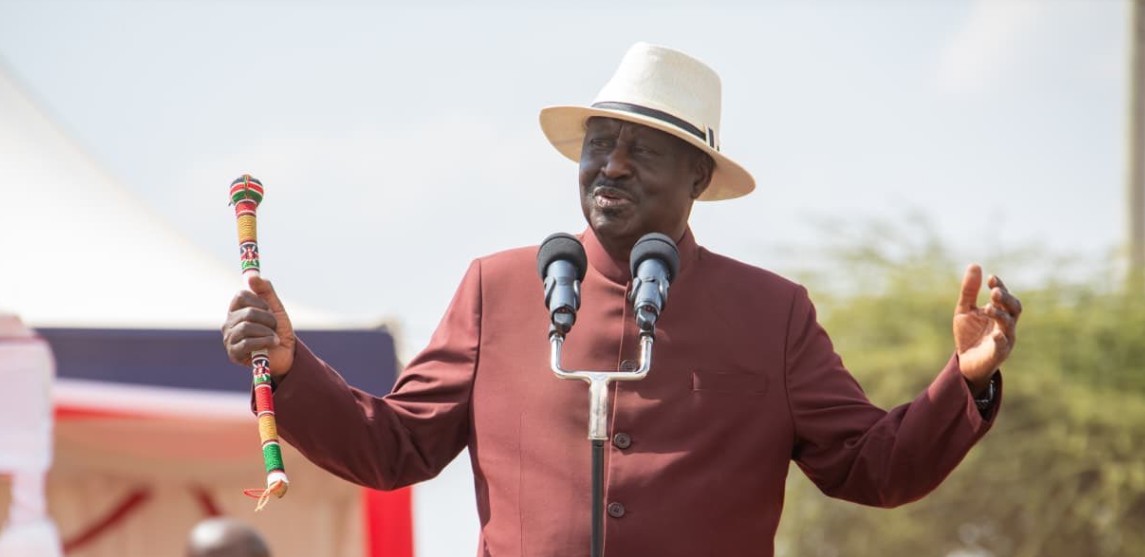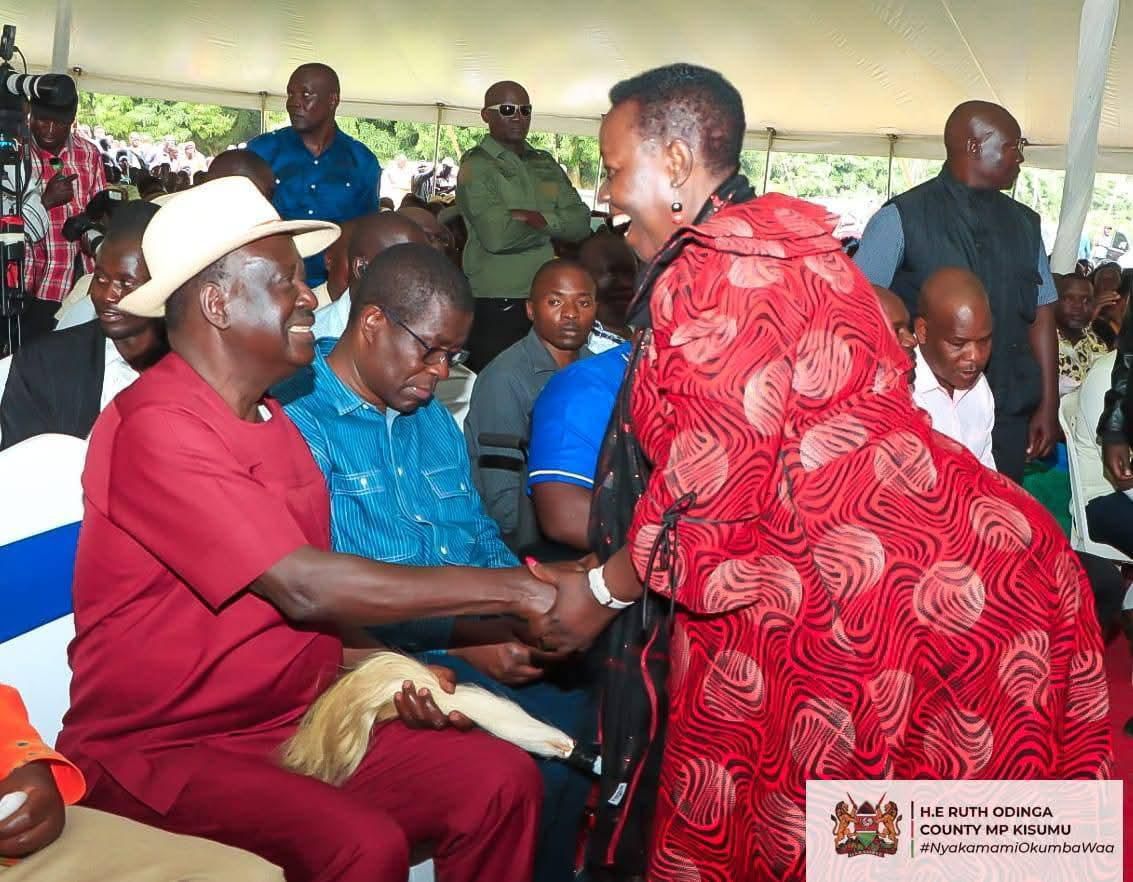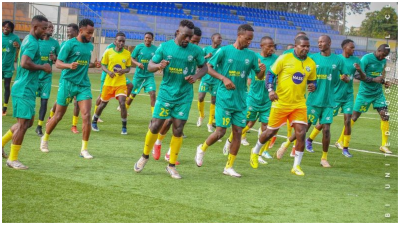Horn of Africa droughts: How network of groundwater bores could help – study
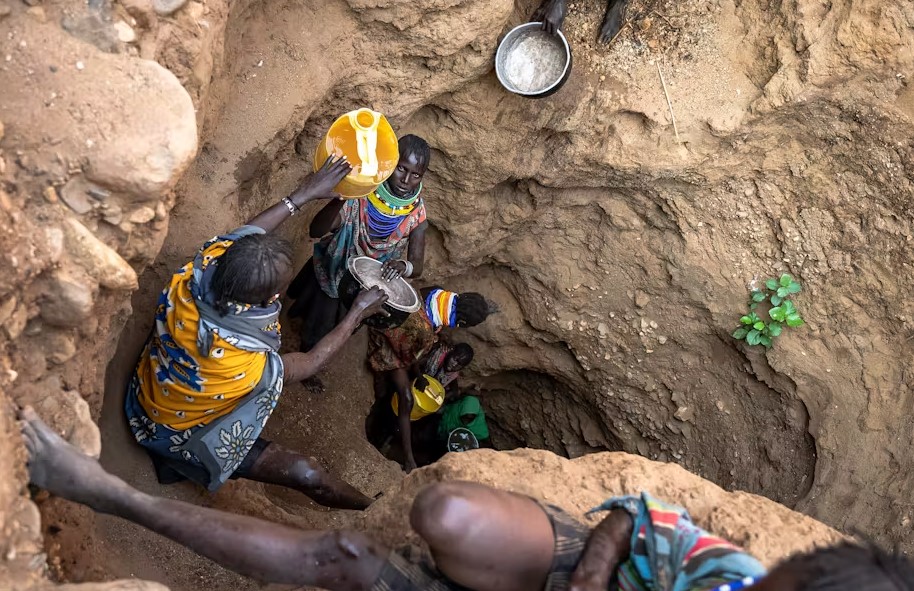
The governments of Kenya, Ethiopia, Djibouti, South Sudan and Uganda, and three United Nations agencies, launched the Groundwater Access Facility on May 7, 2024 to mitigate the effects of food insecurity and potential famine.
The Horn of Africa recently suffered its worst drought in almost half a century, and its sixth failed rainfall season in a row.
Fifty million people were directly affected and 100 million more were indirectly affected. About 20 million people risked acute food insecurity and potential famine, 4.4 million required humanitarian aid, and refugees fleeing drought and floods numbered in the hundreds of thousands.
More To Read
- NDMA sounds alarm over looming drought, calls for stronger disaster preparedness
- NDMA funding shortfall delays Sh3.9 billion hunger safety net payments to 133,800 households
- Food relief operation kicks off in Northern Kenya amid worsening dry spell
- From struggle to strength: Garissa communities forge their own climate solutions
- Mothers struggle to feed children as hunger grips Turkana
- Nairobi to experience cloudy skies as Coast, Rift Valley brace for rains - Kenya Met
To help solve these problems, the governments of Kenya, Ethiopia, Djibouti, South Sudan and Uganda, and three United Nations agencies, launched the Groundwater Access Facility on May 7, 2024. It aims to develop a plan to extract millions of cubic kilometres of deep groundwater.
I research sustainable development, poverty alleviation and ways to adapt to climate change. This new initiative will focus critical attention and resources on water scarcity in the region. Together with better drought forecasting, this can help the Horn of Africa build resilience against future droughts and promote sustainable development opportunities.
Based on my co-authored research on groundwater in the region, I propose that a strategic network of deep groundwater bores (boreholes) be considered at a regional scale to support both acute humanitarian relief efforts and longer-term drought resilience building.
The problem
Beyond the humanitarian crises, the recurring droughts in the Horn of Africa cause spikes in food prices, reduce gross domestic product across the region, and intensify insecurity and conflict risk. Recent prolonged droughts have been followed by flooding, which can displace entire communities.
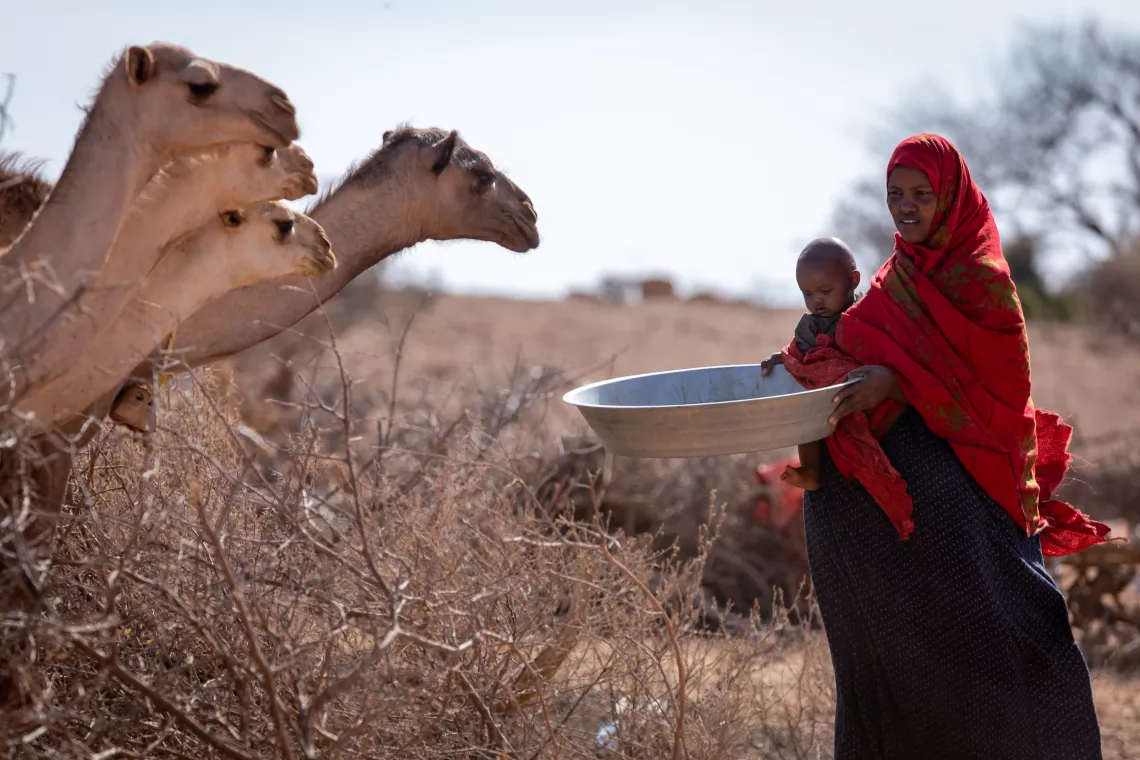 Hafsa Bedel, a mother of six feeding her young camels in Ethiopia. (Photo: UNICEF)
Hafsa Bedel, a mother of six feeding her young camels in Ethiopia. (Photo: UNICEF)
The world’s largest population of nomadic herders lives in the Horn of Africa. They make up half the population in some countries. The herders are increasingly chasing rains that never come, or come all at once. Smallholder farmers are also affected and crops fail. Over 40 million people in regional border areas have little or no water infrastructure.
Studies by institutions such as the British Geological Survey, United States Geological Survey and World Bank Group have confirmed voluminous resources across sub-Saharan Africa. Based on our review of this information, we believe a network of deep groundwater bores can work in the Horn of Africa.
Groundwater to the rescue
Groundwater supplies half of all drinking water and approximately one-third of irrigation and industry water in the world. Unlike surface water (rivers, streams and lakes) and shallower aquifers, deeper groundwater resources may present climate-resilient, unpolluted and plentiful supplies of water in times of drought.
In the Horn of Africa, studies confirm that deep groundwater is often available in drought hotspots. Recurrent drought hotspots are well-known. Droughts can be increasingly predicted and groundwater infrastructure is prepared in advance. Where it is refilled from time to time, using groundwater can be sustainable.
Recent reinterpretations of old well data indicate that about 400,000 Olympic-size swimming pools of rechargeable fresh groundwater exist in Somalia. Nearby Tanzania has a deep aquifer, estimated to have enough water for two million people.
Groundwater can also support emergency drought relief operations as it can be up to 50 times cheaper to supply to communities than water delivered by trucks.
The network of deep bores could be a mixture of supply to communities with the water they need every day or for drought emergencies when other water supplies run out, dependent on factors such as resource sustainability and local preferences.
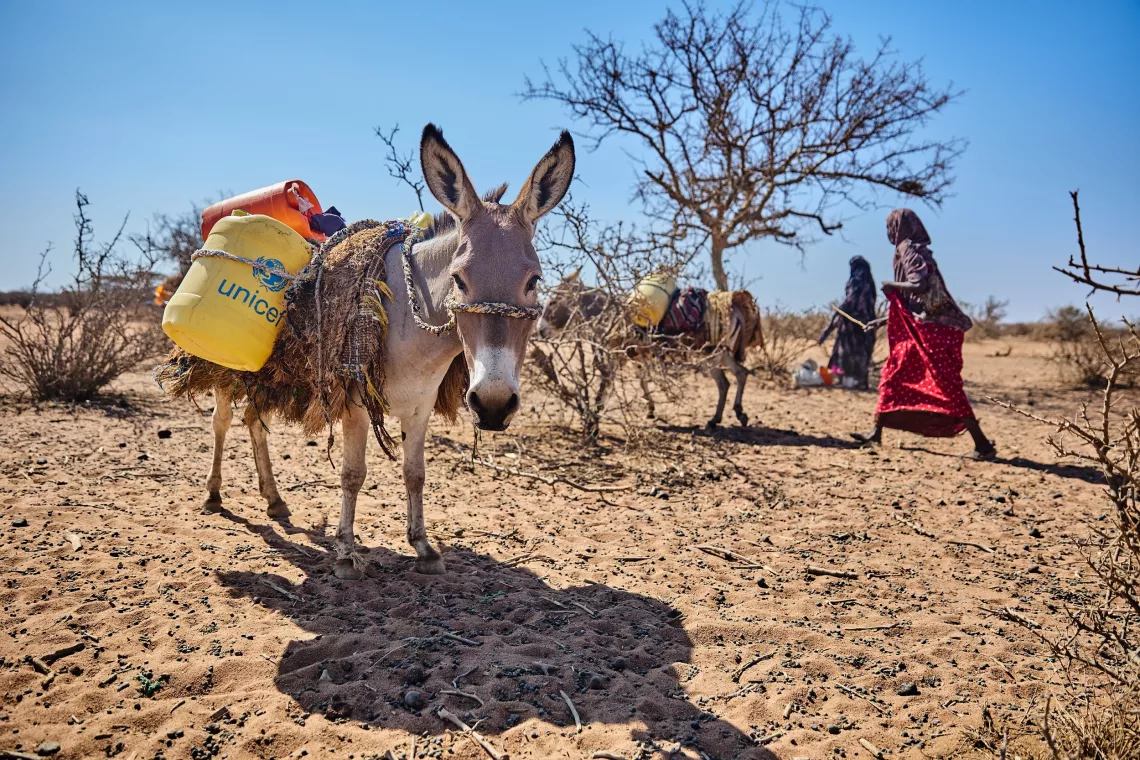 People in Garissa County, Kenya, collecting water. (Photo: UNICEF)
People in Garissa County, Kenya, collecting water. (Photo: UNICEF)
The communities that are most affected by drought in the Horn of Africa, and their seasonal movements, are also well known. This means they can be more effectively supported by networked groundwater supplies.
Working together across borders
Drilling down to this water and extracting it is not easy. It requires detailed knowledge of the local hydrogeology and specialised drilling and pumping equipment. So it makes sense for the five affected countries to share knowledge and resources.
The Groundwater Access Facility will bring countries together to collaborate on groundwater mapping and data sharing. It could also look at ways to use new and advanced renewable energy and water treatment technologies and how to secure climate finance to invest in the project.
It is vital that local communities be included in the planning, design, running and maintenance of the boreholes. Working with hydrogeologists and other experts, communities can help decide the best locations for the boreholes.
Deep borehole development should form part of managing water resources more holistically. For example, in places where flood follows drought, plans may be made to capture and store floodwater.
Deep boreholes could be connected to smallholder farming projects to support emergency food and feed production. The boreholes could also become assets around which to coordinate emergency drought relief efforts and future resilience-building programmes.
Precedents for accessing deep groundwater exist globally and lessons on collaborative governance may be gained from existing regional initiatives on management of major rivers.
The way forward
Many questions remain. For example, how would deep boreholes affect the movement and decisions of nomadic herders or displaced communities? Could boreholes cause conflict in already fragile settings? Should fossil (non-renewable) aquifers be accessed? Will the borehole water need to be purified? How can overpumping and other problems be prevented?
Because drought knows no boundaries, Kenya, Ethiopia, Djibouti, South Sudan and Uganda must work together to answer these questions and to create drought resilience and sustainable development opportunities across the whole region.
The Groundwater Access Facility is a platform for them to plan how to manage groundwater in the region sustainably. A strategic network of deep groundwater bores may support such potentially transformative regional ambitions.
Dr Jude Cobbing, advisor on integrated water resource management, Save the Children, and Andrew Harper, special adviser on climate action, United Nations Refugees Agency, contributed to this article. Some research for this article was undertaken during a Rockefeller Foundation Bellagio Residency.
Top Stories Today
